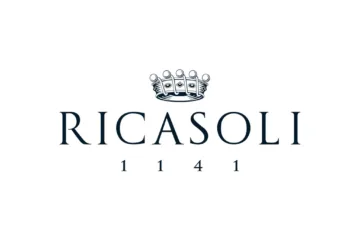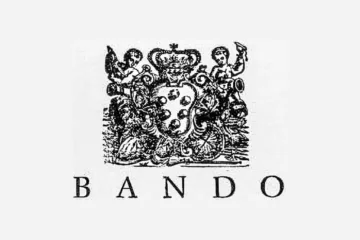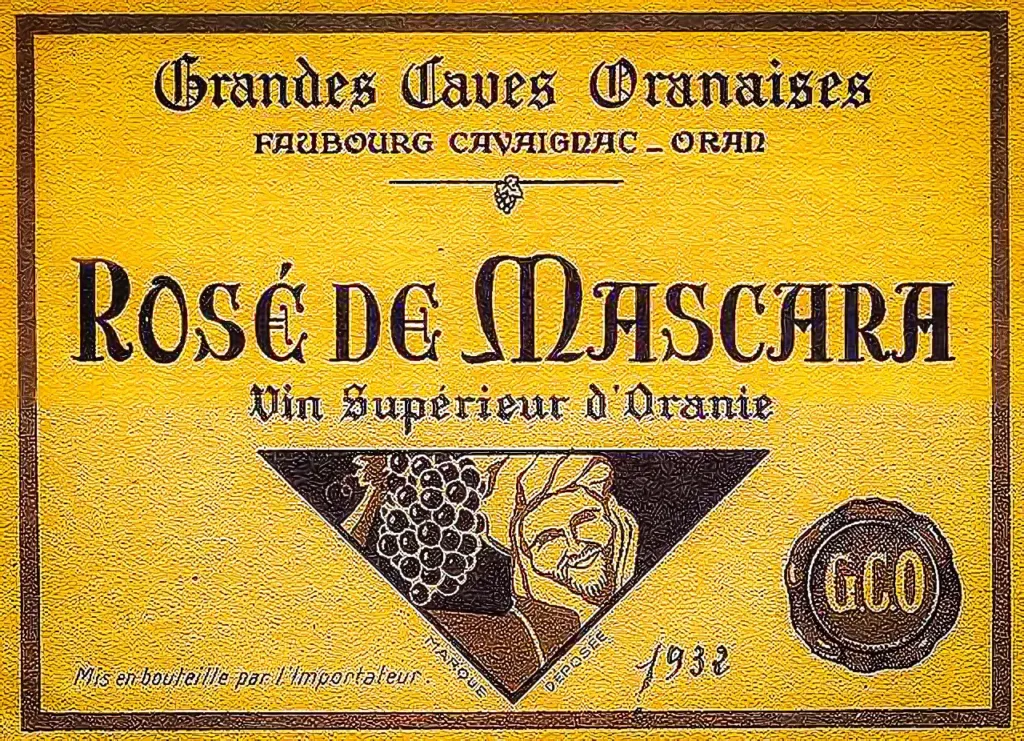
In the late 1950s, France depended heavily on Algerian wine to provide its blended reds with strength, colour, and concentration. Algerian wines were also an ideal blending partner to the Aramon (lacking colour and concentration, but providing high yields) grape variety grown abundantly in the Languedoc region.
Algeria (along with neighboring Morocco and Tunisia) accounted for two-thirds of international wine trade.
Algerian wine production under the colonial era
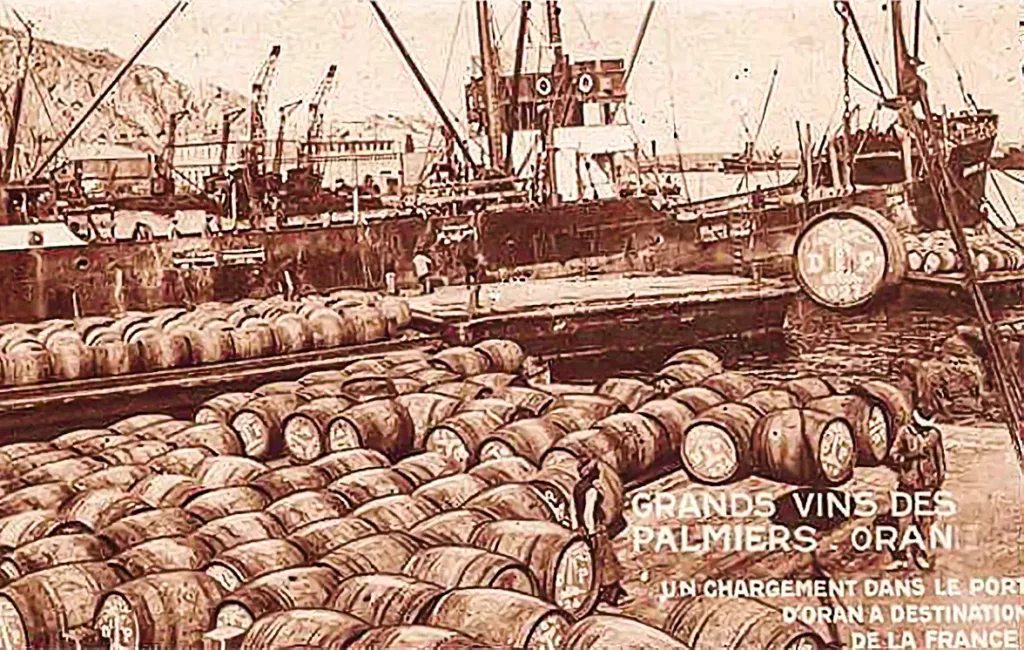
Although vine growing was practised in pre-colonial algeria, and indeed flourished in pre-islamic times, it was the French phylloxera crisis of the 1870s that was to convert the agriculture of this North African colony to vineyards. Concomitantly, some wine growers from Baden (Germany) established themselves in Algeria.
Algeria’s entire viticultural area nearly tripled from 1870 to 1890, to over 110 000 hectares (270 000 acres), in the late nineteenth century, as Algerian wines were the primary alternative for France’s insatiable wine drinkers. This extraordinary rise in plantings was also the result of European settlers fleeing Phylloxera-ravaged continental Europe.
Algeria achieved its largest historical viticultural area of over 400 000 hectares (nearly 1 000 000 acres) by 1938, producing over 21 million hectolitres (550 million galons) of wine. The dominance of wine in Algeria’s colonial economy shaped colonial society. It provided economic and political influence to the European vineyard owners known as the ‘Pieds Noirs’ (‘Black Feet’ in English). It gave stable and valuable work as well as higher revenues (than other agricultural works) to non-Europeans. To encourage the quality of Algeria’s wine production and help its export success, the INAO had, slightly before the war, awarded the the VDQS status to 12 crus. However, despite these efforts, Algerian wines remained heavily dependent on the metropolitan business routes for their sales, which made this major contributor to Algeria’s wealth a sector too heavily integrated into the metropole (‘continental’ France).

Impacts of the Algerian independance on the local wine industry
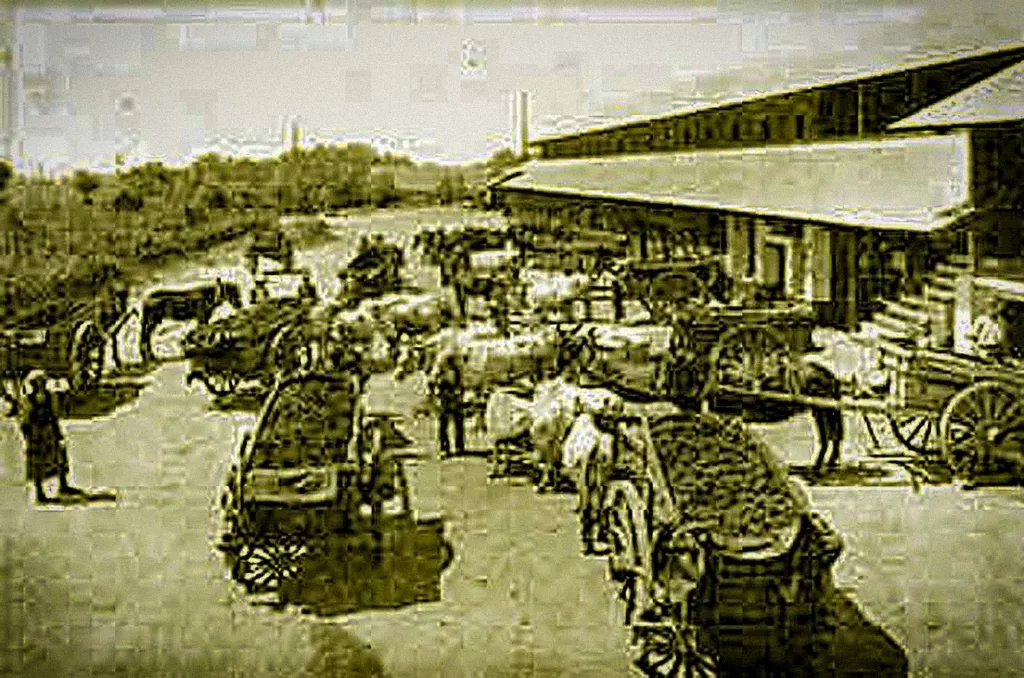
By the beginning of Algeria’s independence war in the mid 1950s, viticulture was still the colonial economy’s major economic sector, accounting for half of Algeria’s export value. Viticulture was so important in the local economy that it was the sole recognized agricultural industry in certain locations (Mitidja, part of the Oranais and Aïn Temouchent, for example).
When Algeria gained independence in 1962, almost a million French residents, as well as a sizable occupying army, fled. Algeria’s local wine market collapsed almost immediately. The newly formed Islamic republic deemed wine manufacturing inappropriate. As a result, Algeria’s high reliance on wine commerce was an immediate problem. This generated unemployment (viticulture accounted for more than half of total agricultural employment) and significant economic loss for many algerians.

Algerian modern wine economy
Following Algeria’s independence, a number of economic issues arose. Wine production was cut in half between 1962 and 1963 (to 6.8 million hectolitres per year). To compensate for the massive revenue loss, Algeria made a commercial agreement with the USSR under which the USSR pledged to buy more than 5 million hectolitres of wine every year. This agreement, together with the oil business, aided in the recovery of the Algerian economy.
This problems promped several of governmental initiatives to aid vineyard conversion. However, only few agricultural activities could equal the degree of employment and wealth generated by wine production. Surprisingly, it was not until the 1970s that the government began to seriously take into account (facing the collapse of the export market) the loss of winemaking know-how and quality in wine production generated by the independence war.
By 1990, roughly 100 000 hectares (250 000 acres) of area under vine remained, about 1/4 of the maximum viticulture area.
By the early 2000s, roughly 65 000 hectares (160 000 acres) of vine remained, most of them dedicated only to the production of table grapes rather than wine.
Abandoned vineyards and wineries, lower yields, and lower prices have all contributed to Algeria’s wine industry becoming a relict of what it once was.

Follow me on my Social Media
Wine is a gourmet treasure, do not abuse alcohol!
None of this content has been sponsored
I did not receive any gifts or free samples that could be related to this article

